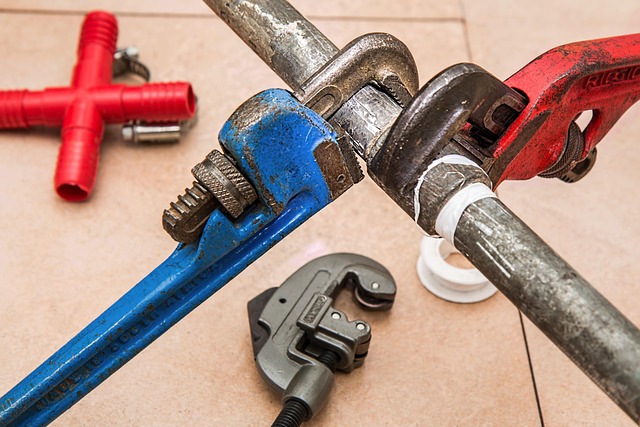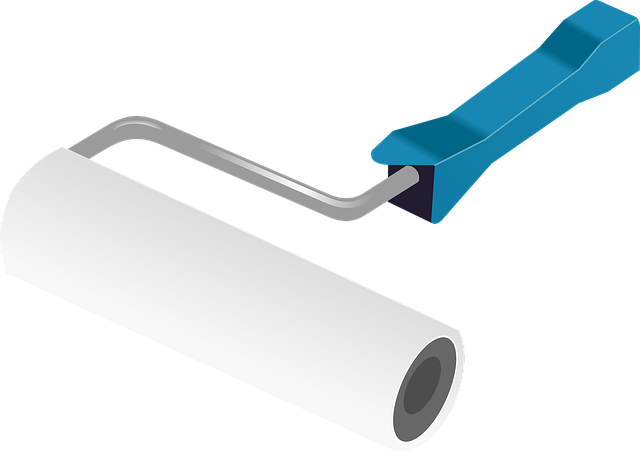Concrete pier installation is a specialized construction technique enhancing structural stability in areas prone to seismic activity or uneven soil. For stem wall repair, this method offers versatile, cost-effective solutions, addressing issues like damage, improper installation, extreme weather, or shifting soil. By strategically placing concrete piers, structures gain robust foundations that mitigate damage and ensure longevity, especially in seismic or high-wind regions. The process involves meticulous site preparation, precise excavation, concrete pouring, and form removal, with safety and local building codes as paramount considerations. Regular maintenance and timely repairs through stem wall repair extend building lifespans, cost-effectively preserving property value.
Concrete pier installation is a crucial process in ensuring structural integrity, especially for older buildings. This comprehensive guide explores stem wall repair, highlighting times when it’s necessary to address potential issues. We delve into the role of concrete piers as vital supports, the various types available, and a step-by-step approach to installation. Safety measures and best practices are emphasized, along with the benefits and longevity of concrete pier repair, offering valuable insights for both professionals and homeowners considering this essential renovation.
Understanding Concrete Pier Installation: A Basic Overview

Concrete pier installation is a specialized construction process designed to enhance structural stability, particularly in areas prone to seismic activity or uneven soil conditions. This method involves strategically placing concrete piers beneath existing structures or as part of new construction, providing a solid foundation that can mitigate damage and ensure longevity. By understanding this process, homeowners and builders alike can make informed decisions regarding stem wall repair and overall structural integrity.
The key advantage lies in the versatility and adaptability of concrete piers. They can be customized based on soil composition, building load, and desired height, making them a versatile solution for various structures. Whether it’s an old home undergoing renovations or a new build in challenging terrain, concrete pier installation offers a robust and cost-effective way to address foundation issues and stem wall repair, ensuring the building remains secure and stable over time.
When is Stem Wall Repair Necessary? Identifying Issues

Stem Wall Repair becomes necessary when concrete piers, integral to structural support, start showing signs of damage or wear. Common issues that warrant repair include cracks, bulges, or uneven settling, often caused by factors like poor initial installation, extreme weather conditions, or shifting soil beneath the pier. Regular inspection is key; identifying problems early can prevent further deterioration and costly replacements.
Inspecting concrete piers for defects involves meticulous observation. Look out for any visible cracks, gaps, or deformities in the pier’s surface or connections to the stem wall. Unevenness in the structure might indicate soil movement or settling, highlighting the need for Stem Wall Repair. Timely intervention can preserve the integrity of the entire foundation system.
The Role of Concrete Piers in Structural Support

Concrete piers play a critical role in structural support for various types of buildings and structures, including stem wall repair. These robust pillars are designed to bear the weight of the structure above them, distributing it evenly across a larger surface area. This distribution is particularly crucial in areas prone to seismic activity or high wind loads, where a concrete pier can act as a flexible yet sturdy foundation, preventing collapse.
In the context of stem wall repair, concrete piers are often used to reinforce and stabilize existing walls. By installing these piers, structural engineers can mitigate potential damage caused by earth movements or extreme weather conditions, ensuring the longevity and safety of the building. The use of concrete piers in stem wall repair is a reliable solution that enhances the overall structural integrity of the property.
Types of Concrete Piers: Pilings and Foundations

Concrete piers come in various types, each suited for different applications and structural needs. Two prominent categories are pilings and foundations. Pilings are vertical supports primarily designed to resist lateral loads, such as wind or seismic forces, and are often used in areas prone to natural disasters. They can be made from concrete or steel and are driven deep into the ground to provide stability. Foundations, on the other hand, bear the weight of structures and distribute it evenly to the soil below. Concrete foundations are crucial for stem wall repair, ensuring that the walls are securely anchored and can withstand environmental pressures.
Understanding these types is essential when undertaking construction projects, especially in regions with diverse climates and geological conditions. The choice between pilings and foundations depends on factors like load requirements, soil composition, and structural design, ultimately determining the integrity and longevity of the built environment.
Step-by-Step Guide to Installing Concrete Piers

Installing concrete piers is a meticulous process, ideal for repairing stem walls and providing structural support. Here’s a step-by-step guide to ensure precision and effectiveness. Begin by preparing the site, clearing any debris and ensuring the area is level. Next, excavate holes at the predetermined locations, depth and spacing dictated by your engineering plans. These holes should be wide enough to accommodate the pier’s base.
Once the holes are ready, place a concrete pier form inside each one. Fill the forms with concrete, ensuring it’s compacted properly for maximum strength. After the concrete sets, carefully remove the forms, leaving sturdy concrete piers in their place. This process, when executed correctly, offers a reliable solution for stem wall repair, enhancing structural integrity and longevity.
Safety Measures and Best Practices for Pier Installation

When installing concrete piers, safety should always be the top priority. Proper personal protective equipment (PPE), including gloves, eye protection, and hard hats, is essential to mitigate risks associated with heavy materials, falling debris, and potential injuries from machinery. Before beginning any pier installation project, thoroughly assess the site for potential hazards like unstable ground, overhead obstructions, or existing structural damage. Regularly inspect tools, equipment, and materials for wear and tear, ensuring everything is in good working condition to prevent accidents.
Best practices for pier installation include following local building codes and regulations, using high-quality concrete and reinforcing steel, and ensuring proper foundation depth and stiffness. For stem wall repair, it’s crucial to evaluate the extent of damage before installation. This may involve non-destructive testing methods like sonar or ground penetration radar to identify issues without causing further harm. Regular communication among all project stakeholders is vital for safety, as well as adherence to a strict quality control process throughout each stage of the installation to ensure long-lasting and structurally sound piers.
Benefits and Longevity of Concrete Pier Repair

Concrete pier repair offers numerous benefits, especially for structures with stem wall support. One of the primary advantages is enhanced structural integrity. Over time, concrete piers can deteriorate due to various factors like weather conditions, soil settlement, or age. Repairing these piers ensures that your building’s foundation remains strong and stable, preventing potential collapses or significant damage.
The longevity of concrete pier repair is another significant advantage. When piers are in good condition, they provide a solid base for the entire structure, extending its lifespan. This process involves replacing or reinforcing damaged parts, which can cost-effectively preserve your property’s value. Additionally, regular maintenance and timely repairs ensure that any issues are addressed before they become major structural problems, saving you from extensive and expensive renovations in the future.
